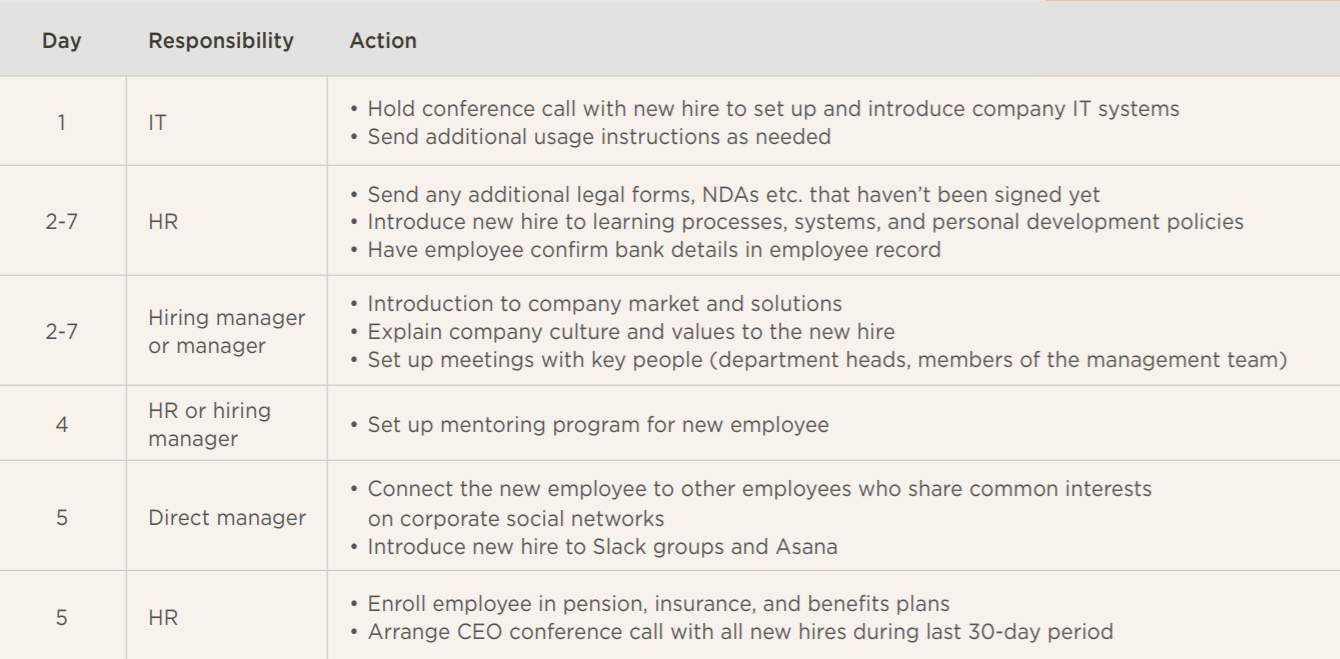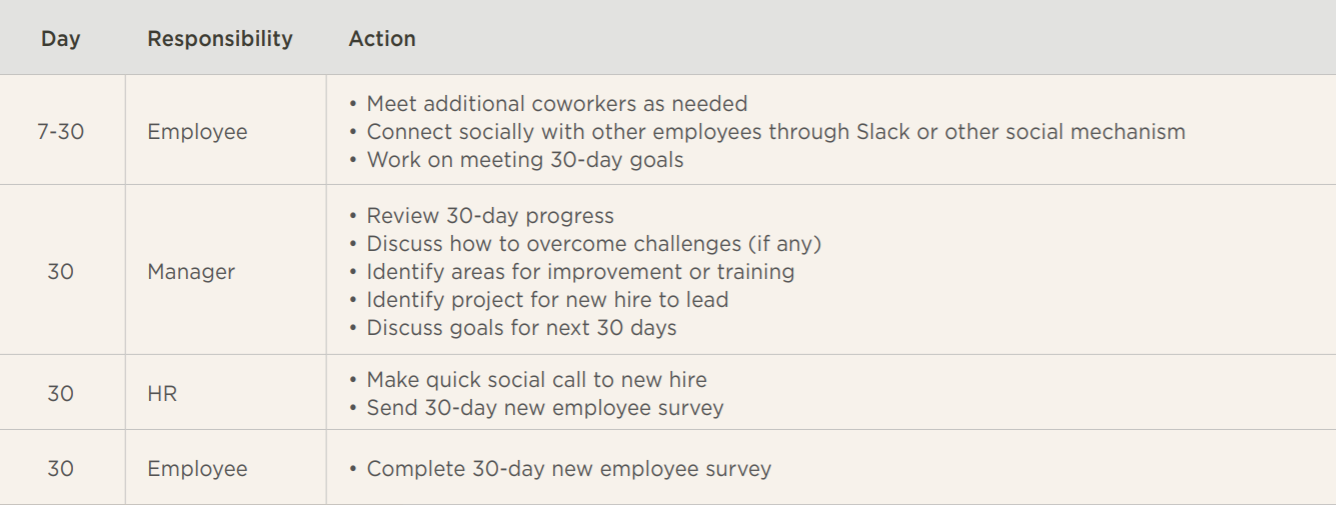The first 90 days of a new job are critical to long-term success, both for you and your employees. A well-planned-out remote onboarding process can be the make-or-break for new hire retention; in fact, 64% of new hires report leaving a job because of unsatisfactory onboarding.
In Michael D. Watkins’ bible to onboarding for employees titled The First 90 Days: Proven Strategies for Getting Up to Speed Faster and Smarter he writes, “Good initial decisions founded on the right kind of learning…bolster your personal credibility. As people come to trust your judgment, your ability to learn accelerates, and you equip yourself to make sound calls on tougher issues.”
Remote employee onboarding is a complicated process with different players and stages starting before day one. To get it right you need to stay focused and organized: to have a plan and stick to it.
We’ve put together a checklist to remote employee onboarding for the employee’s first 90 days, addressing remote unique needs, engagement, and setting employees up for professional success.
Days 1-30
This period is designed to make the new hire’s first day a positive, productive experience, and begin to connect the new hire to the company culture, set goals, and start becoming productive.



Days 31-60
This period is designed to further acclimate the employee to the work processes of the company, increase their social connections, and help them become successful.

Days 61-90
This period is designed to keep the employee excited as they achieve greater independence and increase their productivity as they build social connections and find their place within the company and its culture.

Recommended For Further Reading
The importance of those 90 days
Use these first 90 days as an opportunity to build loyalty and set a foundation for success. By giving your new hires a warm welcome, you’ll show them why they should want to stay.


